Workplace Safety for the Wastewater Industry
March 8, 2021
There are about 153,000 public drinking water systems and over 16,000 publicly owned wastewater treatment systems in the United States. While more than 80% of the US population receives their potable water from these drinking water systems, nearly 75% have their sanitary sewerage treated by these wastewater systems.
It might sound like a lot, but when you consider that the average American uses about 90 gallons of water per day, according to the U.S. Geological Survey, the need to promote and ensure worker safety in this important, yet hazardous, occupation is clear.
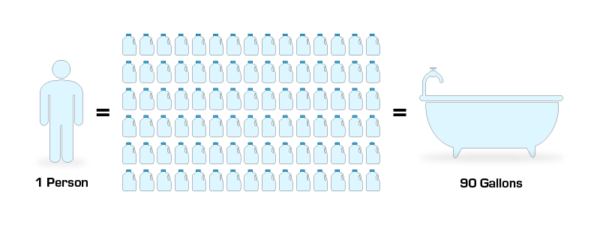
Providing a safe workplace for your employees not only helps to prevent injuries, decrease employee absenteeism, reduce turnover, and lower overall costs, but it’s been proven to increase productivity and performance while putting your company in good standing with stakeholders and customers.
Pelsue looks to use our nearly 60 years of expertise to give you a guide to workplace safety best practices spanning several industries. In our last blog, we focused on Workplace Safety for the Telecommunications Industry. Here, we’ll focus on the water and wastewater sector, which falls under the utilities industry. The goal of this guide is to help you understand the different hazards utility workers face on the job so that you can confidently identify them and take steps to prevent or mitigate them in your workplace.
How Does the Water and Wastewater Industry Measure Up when it Comes to Workplace Safety?
Drinking water operations, wastewater operation, and treatment facilities are part of the water utilities sector. Other industries that fall into the water sector include:
Water treatment plants
Water supply systems
Sewer systems
Sewage treatment facilities that collect, treat, and dispose of
waste
Put together, the US commercial water and sewer utilities industry includes nearly 4,800 single-location companies and units of multi-location companies (also called establishments), ringing up a combined annual revenue of approximately $15B.
Some of the most common hazards faced by employees in the field include trench and excavation cave-ins, respiratory protection, falls, electricity, and potentially harmful gases and chemicals.
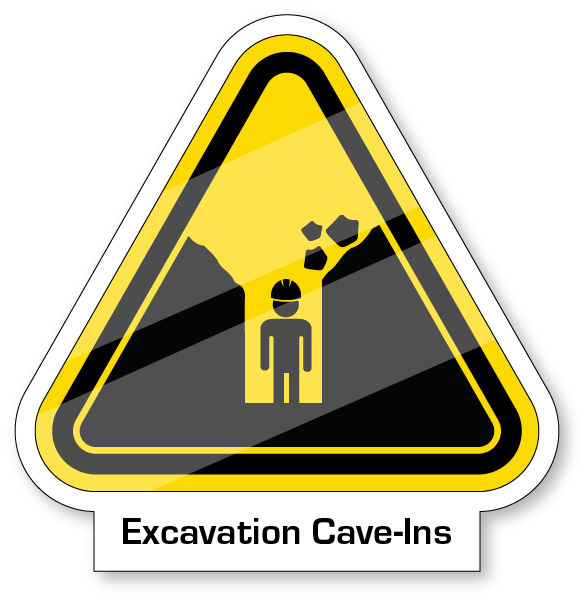
OSHA defines an excavation as any man-made cut, cavity, trench, or depression in the Earth’s surface formed by earth removal. A trench is defined as a narrow excavation made below the surface of the ground.
Trenching and excavation work presents serious hazards to wastewater workers with cave-ins posing the greatest risk most likely to result in worker fatalities. It’s important that employers ensure workers enter trenches only after adequate protections are in place. According to the U.S. Bureau of Labor Statistics, approximately 50 workers die every year as a result of hazards in a permit-required confined space. Many of these casualties can be prevented by following established confined space entry protocols.
In a previous blog, Excavation and Trench Safety Protection Goes Underground, we went into detail about excavation hazards and precautions, hazard prevention, providing means of quick entry and exit when it comes to confined spaces, and other concerns when it comes to trench safety. Additional potential hazards associated with trenching work include falling loads, hazardous atmospheres, and hazards from mobile equipment.
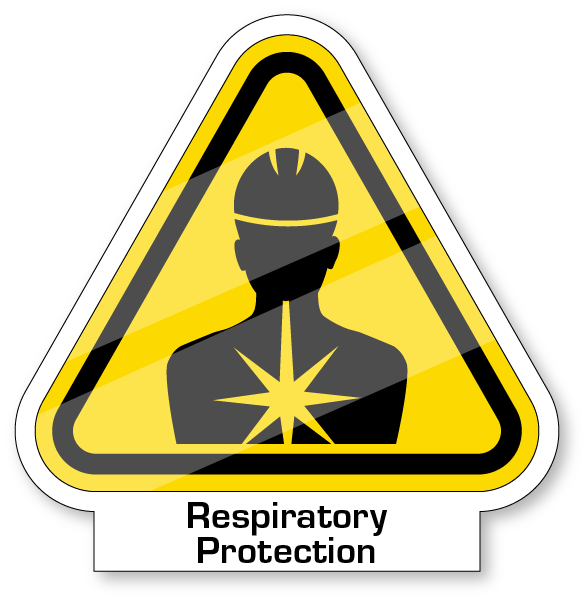
Wastewater and sewer workers often and unknowingly interact with biohazards through inhalation and skin contact.
Wastewater treatment has the potential to create aerosols containing microbiological and chemical constituents. As a result, wastewater workers are at risk of exposure to waterborne organisms including viruses, bacteria, and parasites (e.g., amoebic dysentery and aspetic meningitis). Airborne aerosols include pathogens and chemicals that are harmful when inhaled.
Pelsue offers a line of blowers and heaters because ventilating confined spaces is essential for providing safe air to breathe for entrants.
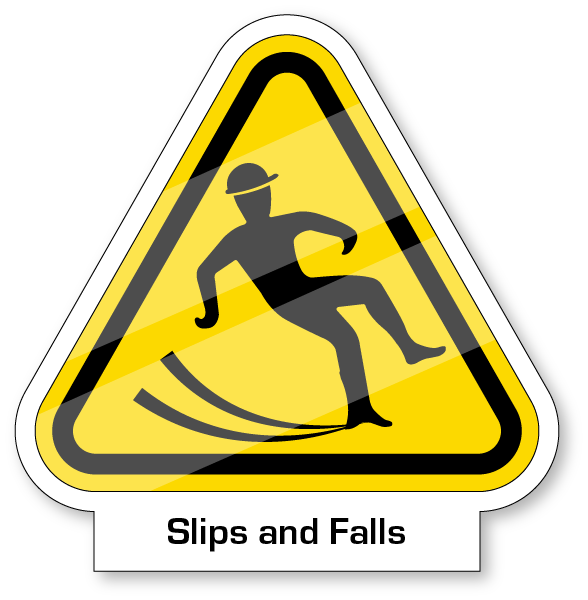
Providing safe access to a wastewater treatment facility’s tanks necessitates a complete fall prevention strategy, including fall protection equipment, a solid rescue plan, and training. This is because wastewater workers are subject to engulfment and drowning in treatment tanks. In a previous blog, we discussed why fall protection is so important—with thousands of utility industry workers being injured or even dying as a result of falls on the job every year.
Employers should consider placing guardrails around all open water sources. Rescue equipment – like floats and hooks, and rescue and decent products – should be available near all tanks. For anyone who will be conducting work over an unguarded tank, fall protection gear is a must.
In addition to fall protection gear, employees working above or near tanks should always have a coworker nearby as an added precaution. Slips and falls are common in wastewater plants due to the wet nature of the industry’s environment. OSHA advises workers to practice good housekeeping by sweeping up or squeegeeing water puddles, marking areas prone to puddling, fixing leaks promptly, and using flooring surfaces that provide traction. Workers should wear shoes that have a non-slip sole.
We created a free fall protection checklist that’s easy to use and keep readily available.
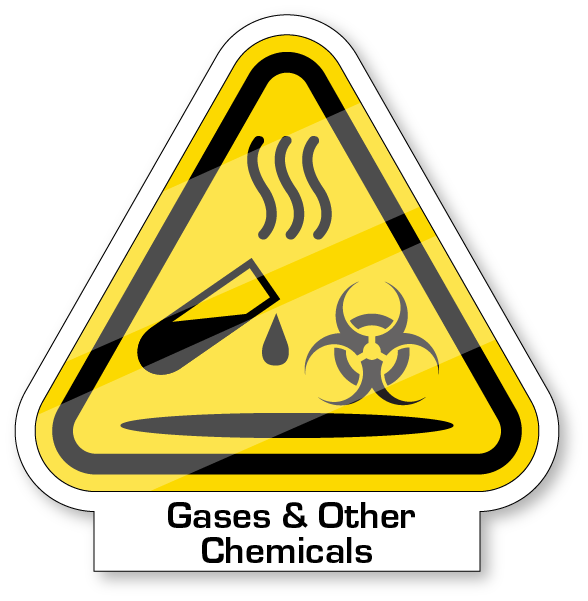
Just some of the many gas hazards present in wastewater treatment plants that are of concern and pose a great risk to workers include methane, hydrogen sulfide, and (lack of) oxygen. The normal amount of oxygen in the air is 20.8%. Oxygen-enriched atmosphere may increase the risk of a fire or explosion hazard. When oxygen is below 20.8%, it may be caused by the oxygen being displaced by other gases and vapors.
Gas buildup may not only lead to a lack of oxygen, but in some cases, an explosion when coupled with a source of ignition.
At Pelsue, we believe that gas monitors are essential for entering confined spaces safely. Statistics indicate that atmospheric hazards are the most common cause of death in confined spaces. Atmospheric hazards often can’t be seen or smelt, which is why gas monitors are instrumental.
Purifying chemicals like ammonia, chlorine, chlorine dioxide, and ozone used in the decontamination of the waste and effluent water pose additional risks to wastewater industry workplace safety.
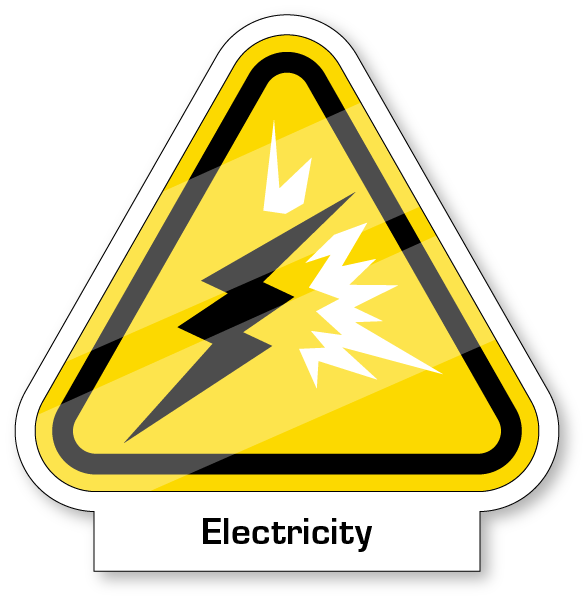
Because workers in wastewater plants regularly utilize mechanical equipment to add chemicals to clean and treat wastewater, they are susceptible to yet another hazard in the workplace—electricity.
Workers who must operate, repair, and replace equipment and machines in a wet environment need to employ good work practices. Staying alert in your surroundings and practicing electrical safety is critical when working in a wet environment. Following lockout/tagout procedures to guard against accidental equipment startup is also advised. You can download and take OSHA’s lockout/tagout quiz to test your knowledge on this important practice.
How to Check to Ensure Your Wastewater Workplace is a Safe One
As an industry leader in the design and manufacturing of customized solutions, Pelsue remains invested in enabling safe and productive work environments throughout the US and around the world. This blog continues to support our values of enabling safe and productive work environments.
In order to protect wastewater workers and comply with the law, the following steps should always be taken before beginning work:
Make worker health & safety the focus by providing a complete H&S Plan
Follow OSHA rules & standards
Confirm proper wastewater treatment plant operations and maintenance are in place
Ensure workers know emergency procedures
Provide workers with resources for more information
Additional Workplace Safety Tips to Keep Wastewater Workers Safe on the Job
Competent Person. OSHA advises identifying a competent person capable of identifying hazards who is authorized to take prompt corrective measures.
Personal Protective Equipment (PPP). Wearing good PPE is proactive and a must to protect against harmful biohazards. Gloves, boots, safety glasses or face shields, respirators, and coveralls are an effective way to help to keep wastewater workers from being exposed to harmful biohazards.
Equipment Maintenance and Operation. It may seem obvious, but using the right equipment is important. From ventilation to confined space winches and harnesses to providing proper communication devices (e.g., radios). Machinery and equipment used daily should be tested to make sure that it’s in proper working order, but also to ensure that it’s been properly sanitized.
Stay Safe by Working as a Team. Workers should never enter a confined space on their own. It is key to have an attendant present to monitor the operation.
Training. Workers should be trained and well informed of wastewater hazards as well as emergency response and evacuation plans.
Testing and Inspections. As discussed above, making sure gas and chemical concentrations are within safe levels is crucial to avoiding and preventing injuries and fatalities. Additionally, inspections should be completed daily, prior to work entry of any excavation site and/or as needed throughout shifts or following other hazardous man-made or natural events.
Vaccinations. The Center for Disease Control recommends workers get vaccinated against the following diseases if you work near sewers: Polio, Tetanus, E.coli, Hepatitis A, and Typhoid fever. It’s important to note that while there are many more illnesses that can be contracted working in wastewater/sewer environments, most can be treated with the proper medical care and antibiotics; however vaccinations can help to avoid those that may prove fatal.
Conclusion
At Pelsue, we believe that workplace safety should be a priority within the wastewater industry and every other industry. Taking a proactive approach to injury prevention such as using the right tools and equipment the right way, demonstrates a strong commitment to the well-being of your organization’s most valuable resource—your employees.
Pelsue has manufactured various forms of equipment offering safety to the workers in the field with wastewater workplace safety in mind. Whether it’s fall protection equipment, ventilation, or manhole equipment we’ve got you covered.
Our goal at Pelsue is to help you get the job done safely!

